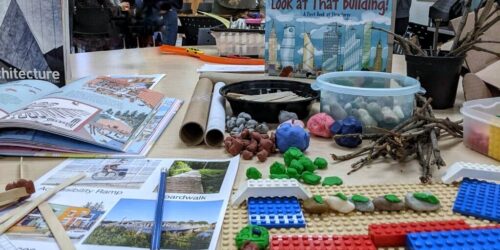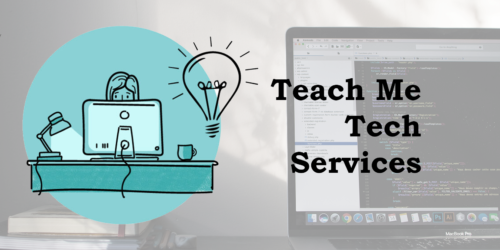The Value of Active Listening and Discussing Industry Practices

Jan Vilaca has taught part-time in Conestoga’s School of Business since 2018. She worked as an executive assistant in post-secondary education, yet retired from her full-time career over three years ago. Jan owns and operates two unique businesses in Southwestern Ontario which she created from the ground up. She has a love of culinary tourism and owns/operates “Tasty Road Trips Incorporated”, and is also a certified coach running her coaching and consulting business – “Create Your Virtual Influence”, specializing in tourism, business, and lifestyle.
Jan teaches in Conestoga’s administrative business management and office administration – general and executive programs, and as if Spring 2023, in the Business Management – Entrepreneurship and Innovation program.
Jan Vilaca in the School of Business creates an open environment where students can comfortably express their ideas on industries they may find themselves working in. She emphasizes active listening as an employable skill and encourages students’ unique perspectives on assignments since most of her courses are in post-graduate programs.
“When students discuss developments in business and what they’ve learned in class, I encourage them to listen and keep an open mind to ideas,” said Jan. “It’s important to express ideas and reflect on takeaways from lessons, but actively listening to other students is a key skill.”
Building Active Listening Skills Through Typing Exercises
In some courses, Jan holds 10-minute typing exercises at the beginning of class, during which students listen to her speak about a topic related to the upcoming lesson. As students listen, Jan asks them to type what she’s saying on their device or a lab computer. She doesn’t alert students to the topic she’s about to discuss; instead, she asks them to note anything relevant.
“Typing while someone is speaking leads to becoming a stronger listener,” said Jan. “It’s especially useful when hearing a topic you don’t expect to have discussed. It’s a great way to learn how to effectively digest information and remember details that will serve you in class and your future career.”
Jan underscores the value of quickly listening to information without a script and with less emphasis on keyboarding. She has found that the exercises have led students to absorb more course material and feel comfortable contributing ideas in class with their peers.
Engaging Students Through Course-Related Discussions
Jan opens discussions on corporations, small businesses and entrepreneurship, all areas students work in after graduation.
She retired from a role as an executive assistant in post-secondary education and now owns her own business in culinary tourism – Tasty Roads Trips Inc. Because of her experiences in multiple sectors, she keeps her class discussions as open-ended as possible, acknowledging that each student’s pathway into business management will differ.
“Sometimes students are nervous about speaking in front of their peers,” she said. “But when I tell them there are no right or wrong answers, and we are just discussing business, they open up more.” Jan writes topics on the whiteboard and uses a conversational tone when introducing them, reminding students that her classroom is a place where no question can’t be asked.

Allowing Students to Add Their Perspectives to Assessments
Many of Jan’s courses require hands-on work from students. Since many of her courses are taught in graduate certificates, students have experience in post-secondary education and, in some cases, the workplace. In Jan’s assessments, she grants students the latitude to add their interpretation to instructions and question prompts, giving them a unique voice based on their career path. In one assignment, students act as an executive assistant to create a client’s website. Jan allows for students’ unique perspectives on the technical skills they could use to fulfill the client’s expectations.
“I give students a lot of space because they have varying skill levels when it comes to technology and working with clients,” said Jan. “They can use computer skills they have already or develop new ones in the process. It’s all about presenting yourself professionally to clients and pitching ideas that best reflect their business.”
Jan’s advice to faculty is to give opportunities for students to apply course content and use it in a way that makes sense for them. Revolve classroom discussions and assessments around the various sectors students may work in so everyone is included and they feel prepared for their careers.




